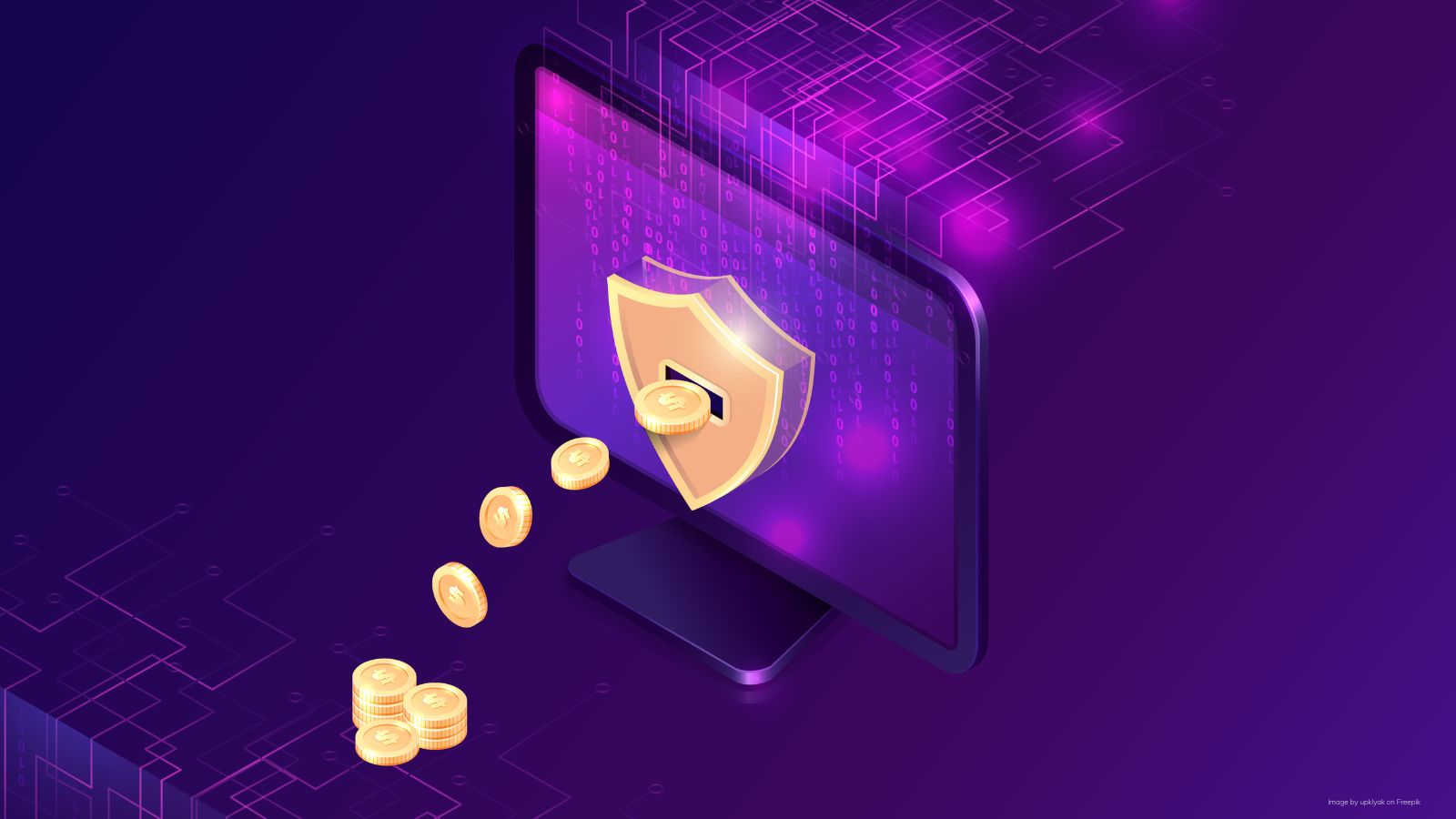The rise of Blockchain Technology in Banking
The banking sector is under pressure across the world and customers are moving away from traditional banks and turning to new technologies to manage their finances. In this context, one of the most promising areas of growth for the banking industry is blockchain technology. This article looks at how blockchain technology in banking is being adopted and the benefits this brings for both customers and banks themselves.

Issues in the Current Banking System
The banking sector occasionally advances due to the rise in clients’ changing needs. Given that banks handle sensitive client data, their reluctance to accept emerging digital technology trends makes it reasonable.
Regarding the current situation, the banking sector still has a lot of paperwork, security gaps, and expensive & time-consuming processes in place.
This is the point at which new technologies are needed to transform the banking sector, and blockchain is the one that has the potential to have a significant impact on the regulated financial sector. Blockchain can be utilized to harness the power of banking of all sizes, from tiny commercial banks to significant financial institutions.
The Increased Adoption of Blockchain Technology in Banking Industry through Use Cases
Now, let’s examine some of the most prominent blockchain technology in banking use cases to learn how it can affect banking.
Payment Transfer
Anyone can transfer and receive money using public blockchain-based cryptocurrencies like Bitcoin and Ether without paying additional fees or having to verify the transaction. Blockchain payments are quicker and less expensive than traditional banking since they take place on a decentralized network.
Settlement & Reconciliation
A straightforward bank transfer must pass through a complicated network of middlemen before it can be delivered to the intended recipient. Blockchain can greatly simplify it!
Blockchain functions as a decentralized ledger that aids in maintaining a record of transactions in a transparent and public manner. Blockchain doesn’t rely on custodial services to settle transactions in the public blockchain, which ultimately simplifies and speeds up the transfer of funds.
Securities
Banks must keep track of who owns what when buying and selling debt, stocks, or commodities. They must communicate with numerous parties – exchanges, brokers, clearing houses, etc. – to verify this information, which takes a lot of time and puts the process at risk for fraud and error.
Instead, we may create a decentralized database of digital and distinctive assets using Blockchain, making it simpler to transfer the assets using tokens.
Customer KYC
The KYC procedure might take many weeks or even months to complete depending on the steps involved, such as photo verification, address verification, biometrics verification, etc.
With the development of blockchain technology in banking, the information that clients save has entirely changed, making it possible for banks to quickly obtain KYC-related information. This enables banks to save personnel-related expenditures, which can result in a reduction in overall costs.
Faster Loan Processing
When a consumer requires a loan in a traditional banking system, banks rely on a credit reporting system to assess the risks of non-payment. Receiving these reports may make clients uncomfortable, but the use of blockchain in banking expands the potential for peer-to-peer lending.
Blockchain employs a unique lending mechanism that allows borrowers a quick, affordable, and secure way to obtain loans. A decentralized registry of payment history allows consumers to easily process their loans.
Outcomes of Blockchain Adoption in Banking
The use of blockchain technology is expected to result in yearly cost savings of about $12 billion for financial organizations worldwide. According to Accenture’s research, there can be up to 70% in cost savings for central financial reporting, around 50% in savings for business operations, 30% to 50% in savings for compliance, and about 50% in savings for centralized operations.
To Sum up
As blockchain technology in banking continues to rise in popularity and disrupt traditional banking, it is important for businesses to stay ahead of the curve. At SmartOSC, we are committed to helping our clients understand this new technology and how it can benefit their business. If you would like more information on blockchain technology or want to discuss how your business could use it, please do not hesitate to contact us. We would be happy to help!


